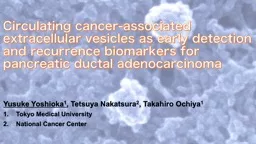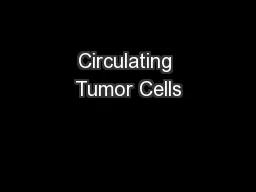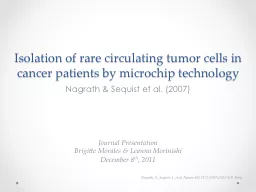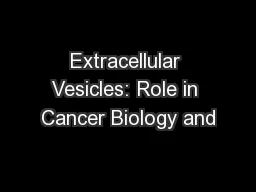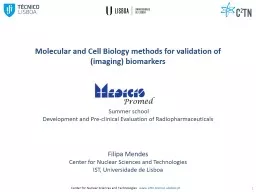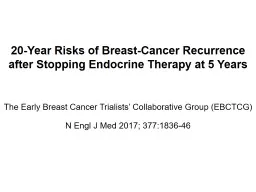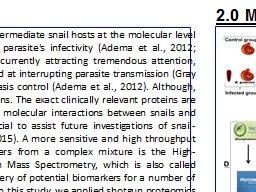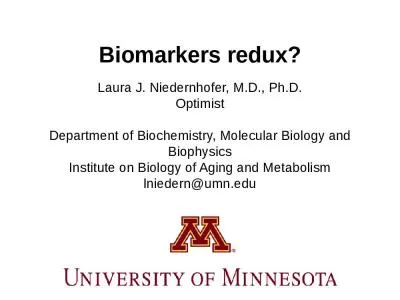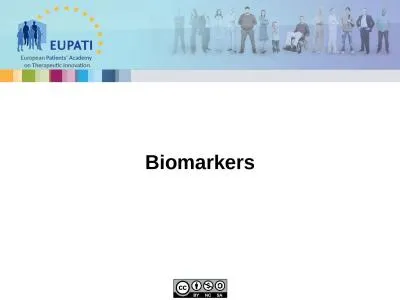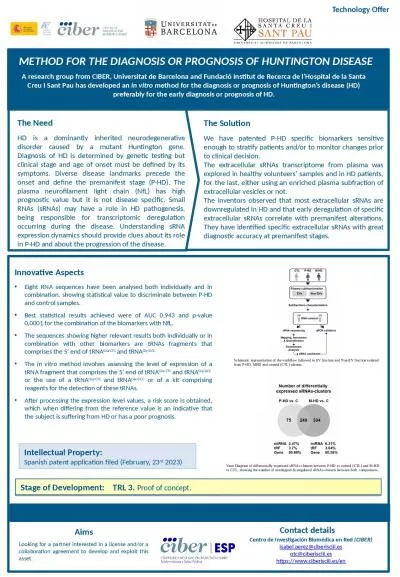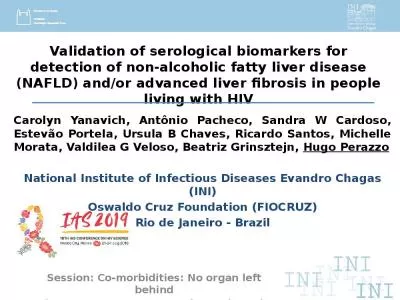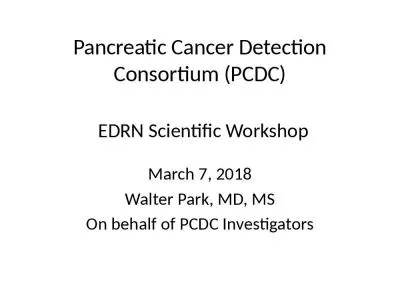PPT-Circulating cancer-associated extracellular vesicles as early detection and recurrence
Author : AdventurousAce | Published Date : 2022-08-04
Yusuke Yoshioka 1 Tetsuya Nakatsura 2 Takahiro Ochiya 1 Tokyo Medical University National Cancer Center Extracellular vesicles Exosome Lipid Ceramide etc
Presentation Embed Code
Download Presentation
Download Presentation The PPT/PDF document "Circulating cancer-associated extracellu..." is the property of its rightful owner. Permission is granted to download and print the materials on this website for personal, non-commercial use only, and to display it on your personal computer provided you do not modify the materials and that you retain all copyright notices contained in the materials. By downloading content from our website, you accept the terms of this agreement.
Circulating cancer-associated extracellular vesicles as early detection and recurrence: Transcript
Download Rules Of Document
"Circulating cancer-associated extracellular vesicles as early detection and recurrence"The content belongs to its owner. You may download and print it for personal use, without modification, and keep all copyright notices. By downloading, you agree to these terms.
Related Documents

